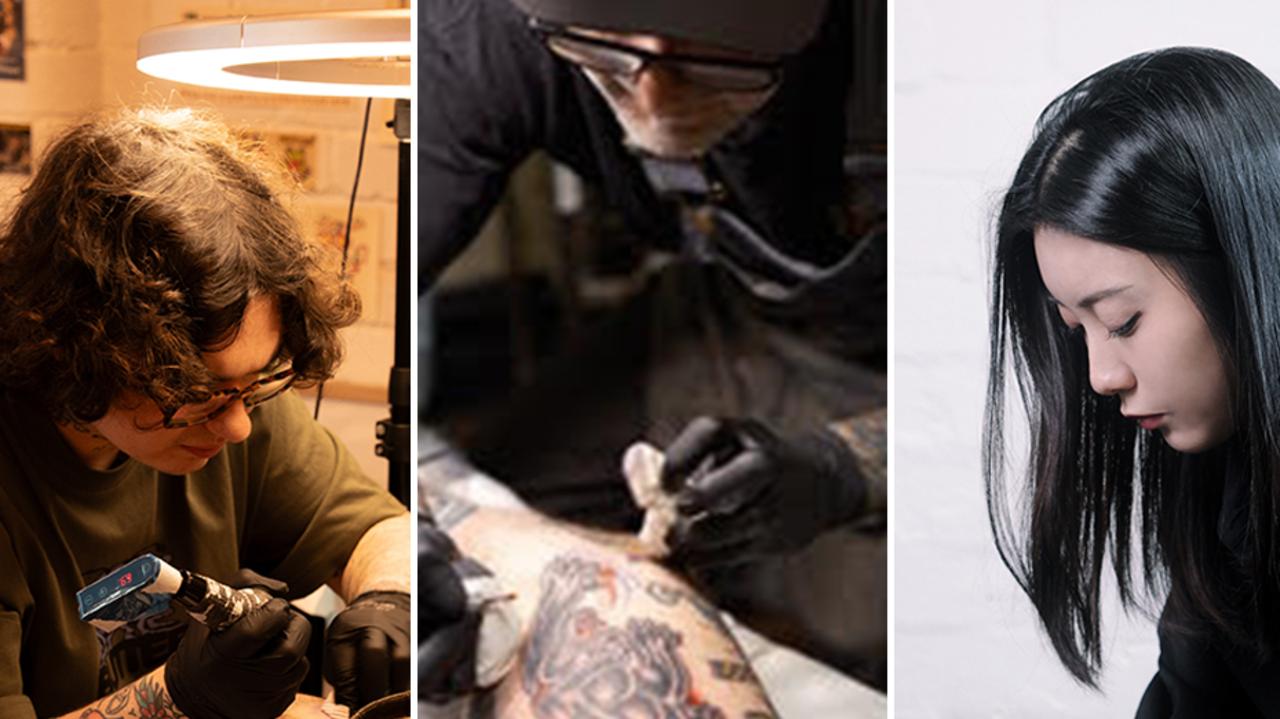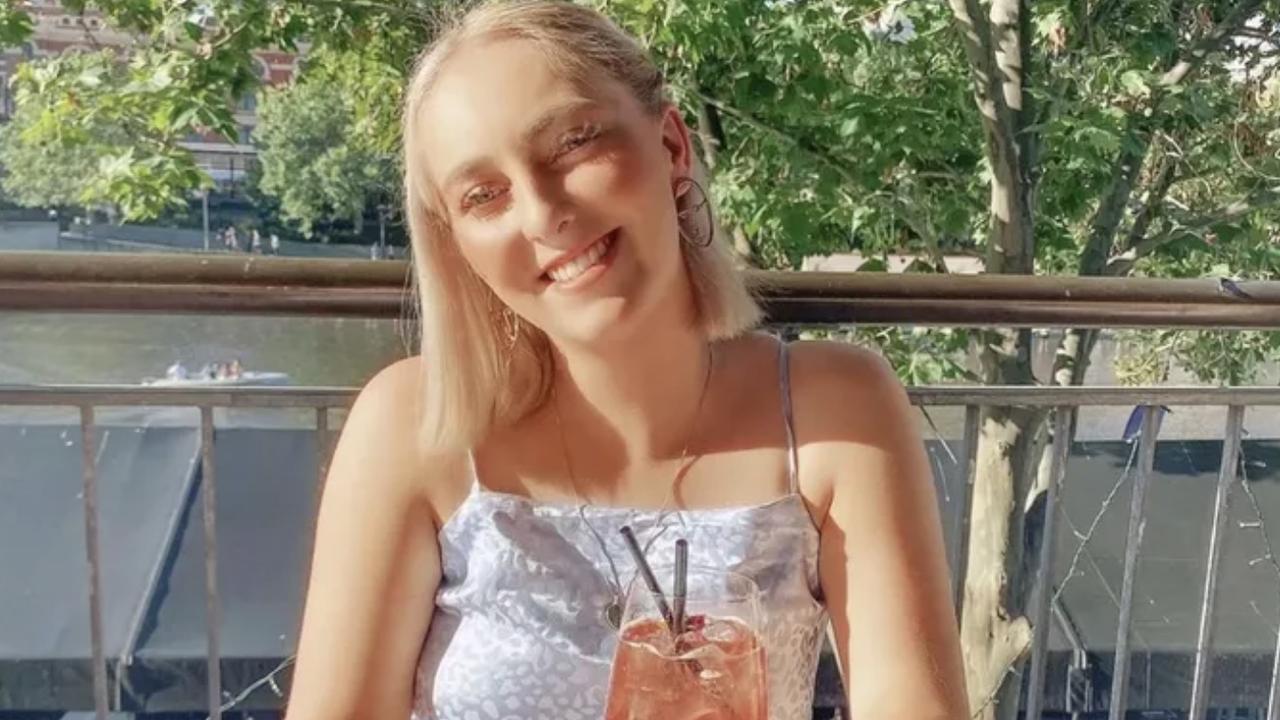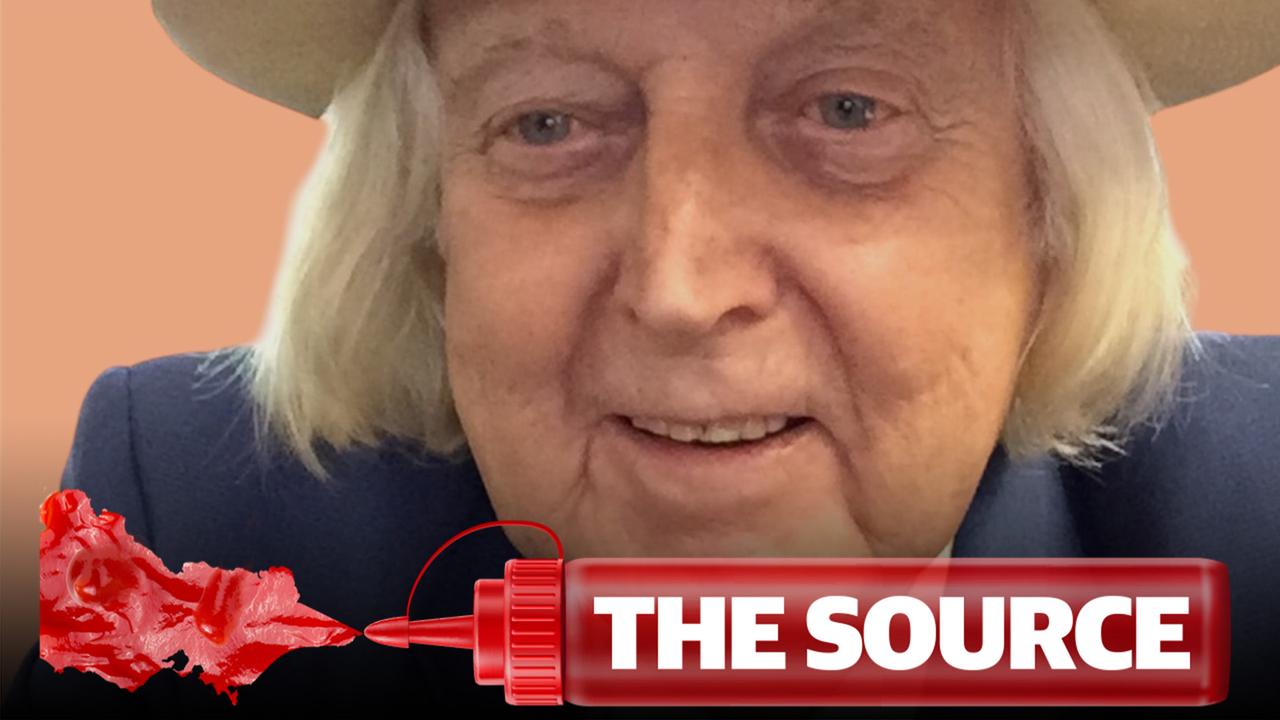The four family types that make up Australia’s mafia
Australia’s Honoured Society can be broken down into four types of families: Gatekeepers, Newcomers, Holdovers and Vanishers. Here is how they work.
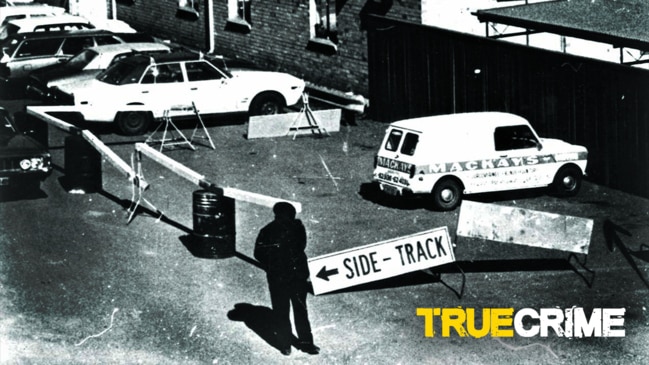
Victoria
Don't miss out on the headlines from Victoria. Followed categories will be added to My News.
The mafia in Australia is divided into four types of families, an international Italian organised crime expert has found.
Dr Anna Sergi – who is respected worldwide for her work in the area – has published new research into Australian mafia family groups which she categorises as: Gatekeepers, Newcomers, Holdovers and Vanishers.
The University of Essex professor’s work centred on 38 Honoured Society families and research included nine team interviews with the Australian Federal Police, three with Victoria Police in Melbourne and Mildura, and others interstate.
It dealt with families involved in the Ndrangheta, a Calabrian crime organisation regarded as the only Italian mafia operating in Australia.

NEWCOMERS
Dr Sergi writes that the Newcomer families, who have “appeared” in the underworld in the past 20 years or less, are mostly linked to the Melbourne scene.
In some cases they are linked to families who have come from the Calabrian areas of Oppido Mamertina and Sinopoli but are not joined to those places by criminal reasons.
Dr Sergi’s examination of 13 Newcomer families showed they derived relevance here through connection with a more established clan.
She cites case law which says: “The drugs trafficked by FM were alleged to have been imported by Pasquale Barbaro as head of a drug syndicate and others.”
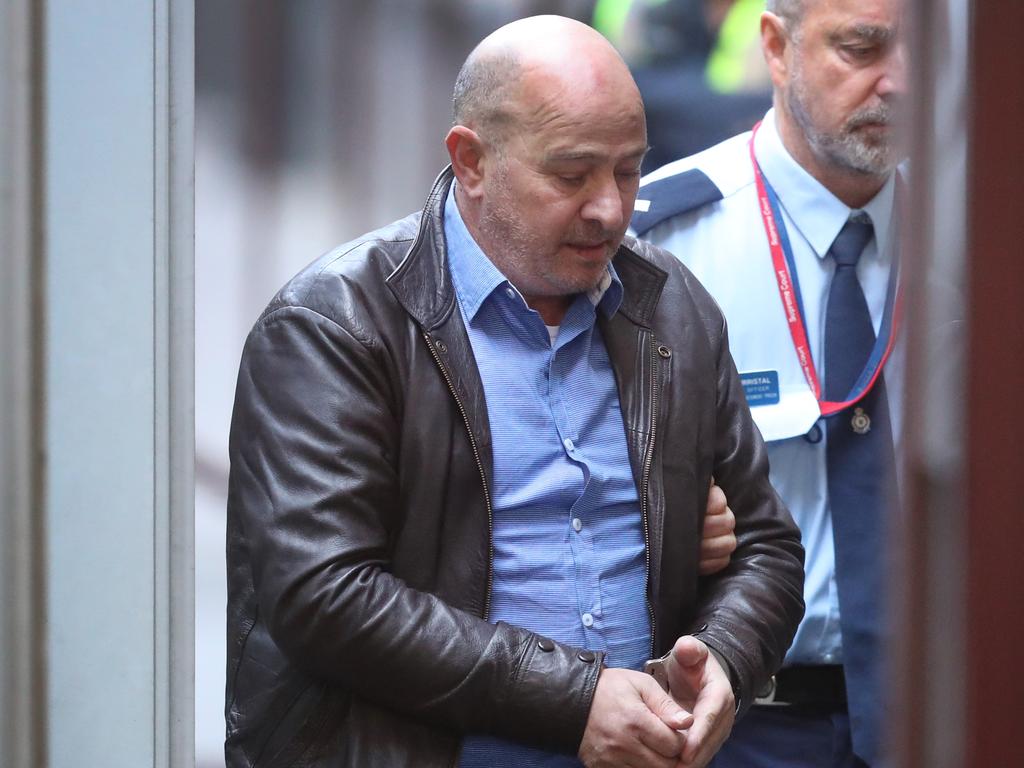
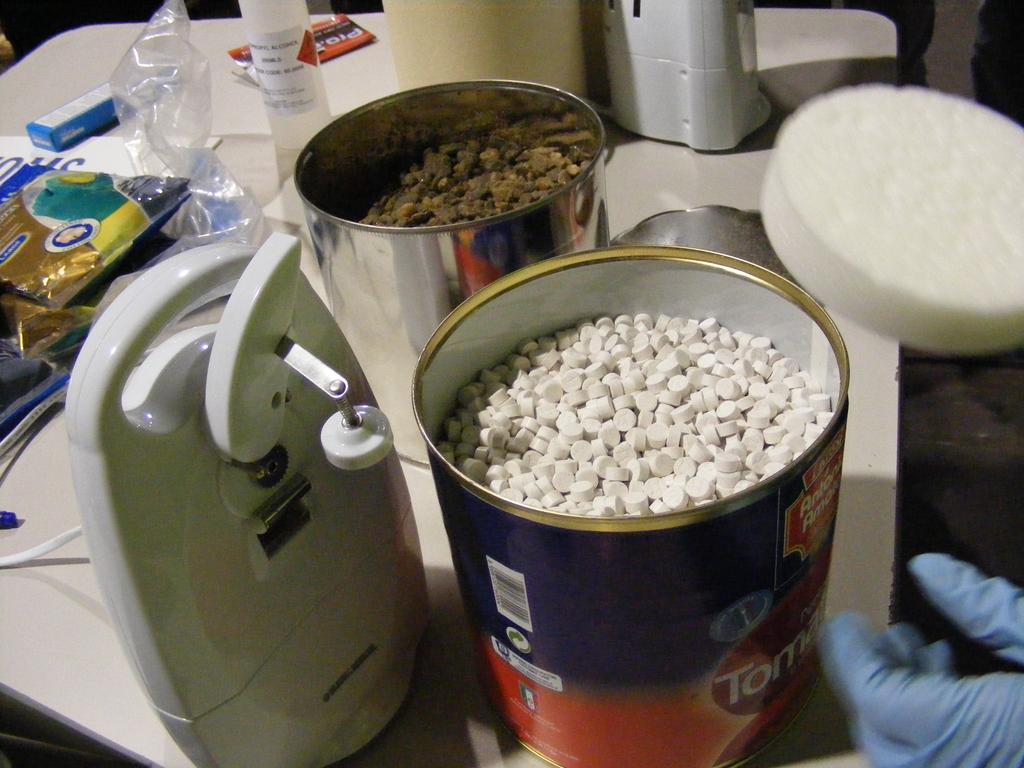
Dr Sergi does not name him but the Newcomer referred to as FM is clearly jailed Melbourne mafia figure Frank Madafferi.
This type of family, the author writes, often “accentuate the separation between the licit and illicit in the family branches.
“For example, in one of the Newcomers in Melbourne we find two cousins: one who is a well-known entrepreneur and investor and another who was convicted for drug trade.”
Newcomers prefer to stay in metropolitan areas.
“One of the things that characterises the Newcomers is that they are found almost exclusively in urban settings, which does not surprise considering that cities have normally a more vibrant ‘underworld’,” Dr Sergi wrote.
GATEKEEPERS
Dr Sergi likens the Gatekeeper families to “royal dynasties” because they have been more important and influential than others for decades.
She writes that they are the reason the `Ndrangheta became an organisation here.
The Gatekeepers are primarily in the Riverina city of Griffith, Adelaide, Sydney, Melbourne and Mildura with an “overwhelming presence of families from the town of Plati, Natile, Careri” in the category.
“A set of surnames that appeared in the public eyes and that would fall into this category are, just as an example, the Sergi-Barbaro in Griffith (NSW), notoriously mentioned in institutional inquiries about the Honoured Society in Australia,” Dr Sergi wrote.
Her work notes that there are many Sergi and Barbaro clans and not all are from the Gatekeeper category, even when involved in crime.
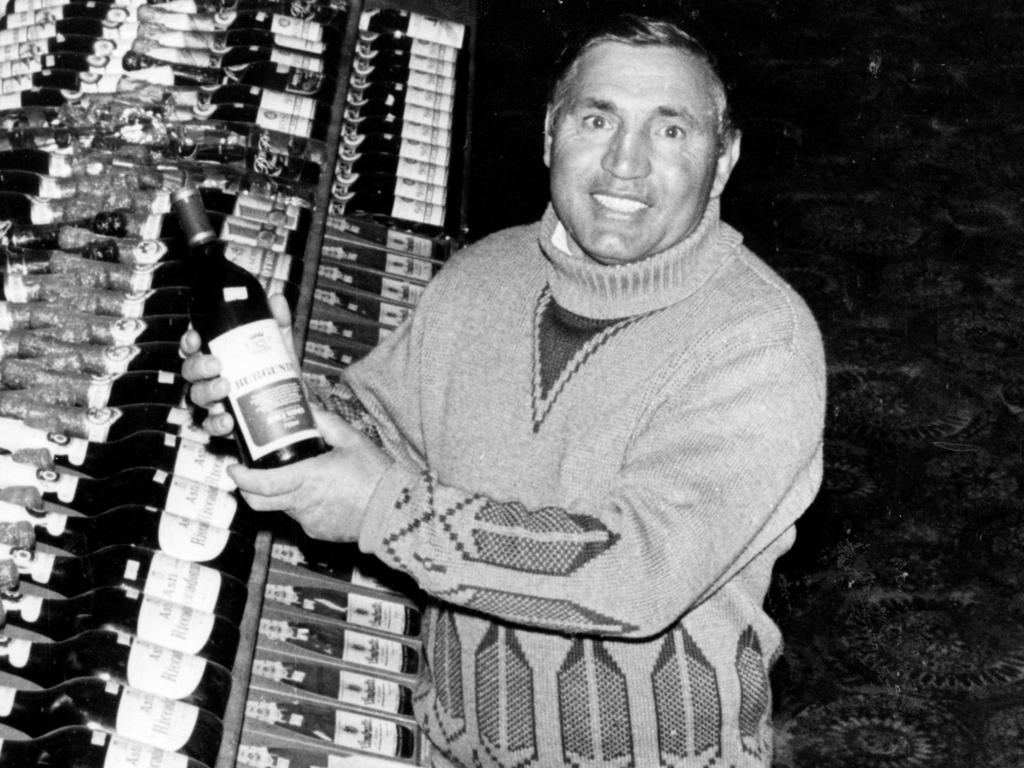
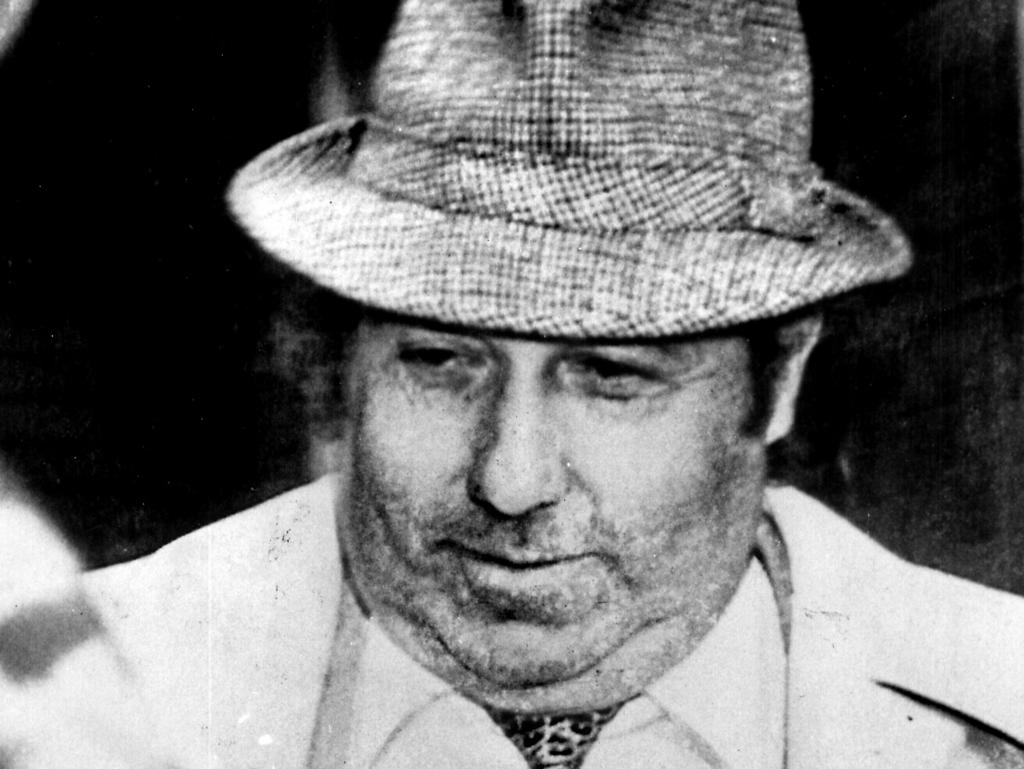
Dr Sergi said the main characteristic of the 11 Gatekeeper families examined was their “business diversification”, which distances them from criminal activity and makes law enforcement investigation extremely difficult.
The study says their involvement in activities like drug trafficking and money laundering was peripheral.
“The Gatekeepers tend to use other (ethnic) groups to carry out any purely criminal activity.
“However, they build their reputation on violence and crime. The “echo” of that violence – even when it is from decades ago – lingers on the community and fuels ambiguity, because of impunity and resilience.”
The report states those families do not always generate fear because they give back to the community.
A New South Wales investigator told Dr Sergi: “The businesses they are involved in, their financial investment in the community, sporting teams, sponsorships, donations … having legitimate business, being seen around.
“The things of the past, their alleged involvement into this murder or that murder, no one talks about, feels like you can avoid thinking about that. This helps their prestige; they are benefiting from the uncertainty about their past.”
HOLDOVERS
Seven Holdover families were studied by Dr Sergi, who found that, like the Gatekeepers, they had been in “public narratives and institutional investigations” since the 1950s.
“An example of this category would be the Perre family in South Australia, even though their mafia status, clearer for Italian standards, has not been ascertained in Australia and should not be assumed,” she wrote.
The Holdovers were older families but, unlike the Gatekeepers, failed to evolve.
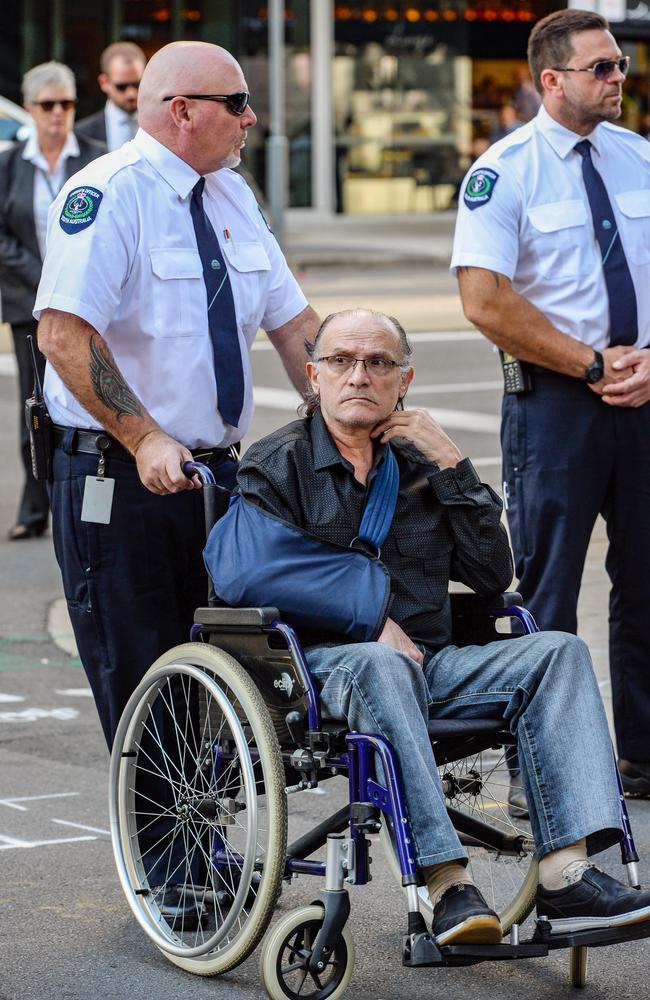
Dr Sergi wrote that they had issues with “diversification of their familiness” either because of an unchanging business strategy or due to obstacles at a family level.
“For example, Holdovers are families where we find father and son both involved in drug trade together with other family members at a time (in the 90s) when, in the Gatekeepers legitimation and intergenerational evolution had already started occurring.”
Dr Sergi said while the Gatekeepers’ efforts to be involved and give back to the community, the Holdovers did not.
“The Holdovers live on the fringes of it (the community), at times openly displaying contempt towards institutions, disdain and disrespect for non-family members, honest people and law enforcement,” Dr Sergi wrote.
One police interviewee told Dr Sergi that newer Holdover generations were marrying into other families.
“So they basically don’t exist any more on their own. They go with what their acquired families do, or don’t do,” that source said.
VANISHERS
Vanisher families, Dr Sergi says, would include names like Italiano in Melbourne and Marafiote and Pollifrone in South Australia.
“A member of this family was an apical member of the Honoured Society in Melbourne where he was involved in the notorious Queen Victoria Market murders, a period when murders of members of the Honoured Society were linked to the control of the extortion rackets and the cartels of the fruit and vegetable markets,” the paper says.
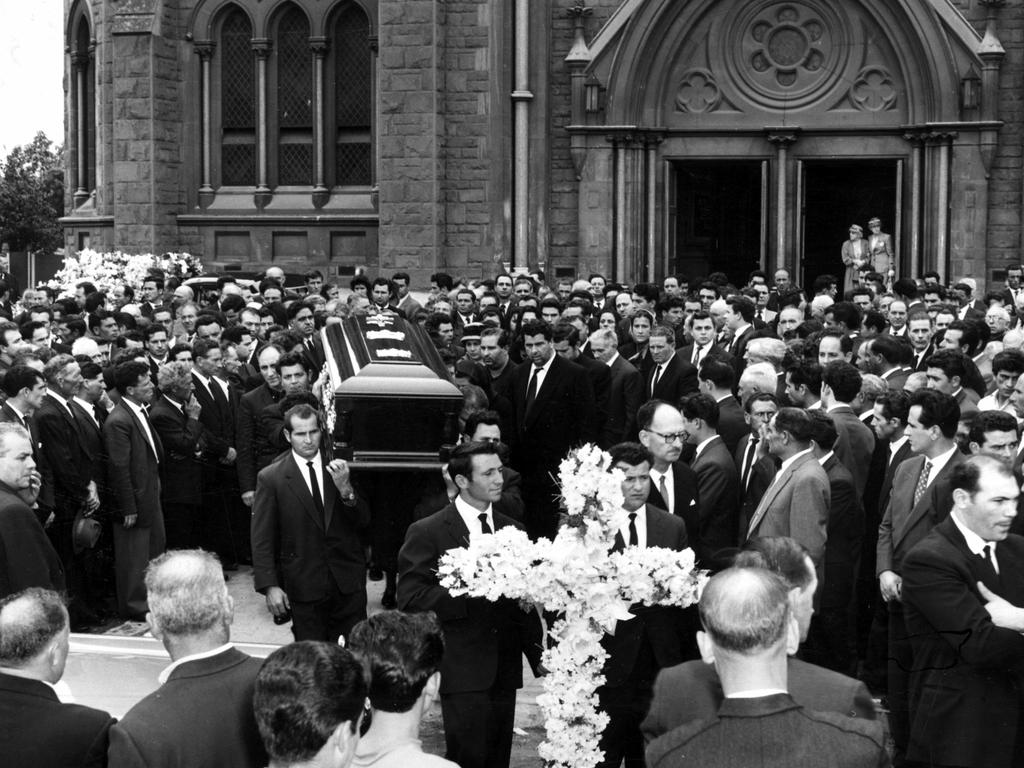
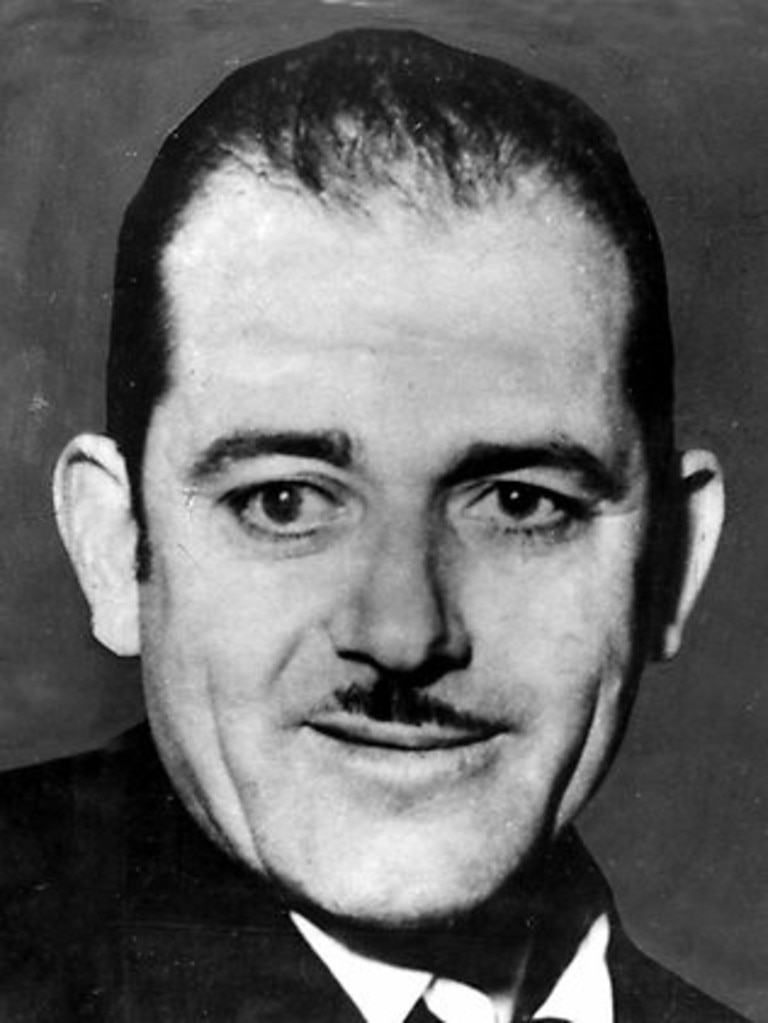
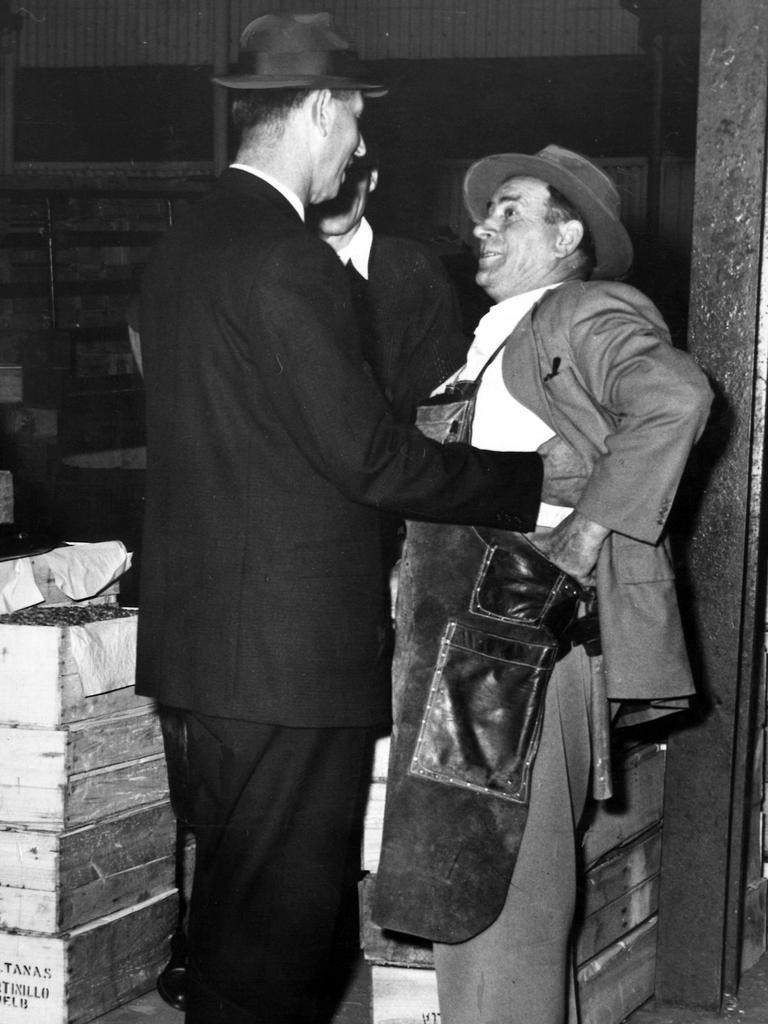
Dr Sergi wrote that after the death of that man, a power struggle resulted in more deaths and another family emerged on top.
That family is now among the Gatekeepers.
Vanishers included families who had lost in a conflict with others, who had been hit by law enforcement or whose next generation were not interested in following the “mafia heritage” or there was no suitable heir.
There were Vanishers who, at a given time, were relevant and recognised.
“The reputation and charisma of the boss is at times the one thing that sets apart this family from others,” Dr Sergi wrote.
The Australian mafia families’ links to the old country remain, the paper says.
“Ndrangheta clans have been operational for almost a century in Australia, never fully severing the bonds with the motherland but also developing a fully Australian ‘portfolio’,” Dr Sergi wrote.
Originally published as The four family types that make up Australia’s mafia



